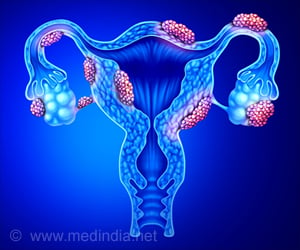The U.S ranks dreadful than most peer countries in breastfeeding initiation and duration, stated report.

‘Breastfeeding duration in the U.S. would be increased if working parents were paid while staying home to care for their infants.’





The Academy of Pediatrics recommends six months of exclusive breastfeeding, as the practice is well known to improve health for both infant and parent (1✔ ✔Trusted SourceBreastfeeding
Go to source).
Breastfeeding Practice Guidelines
Gains in breastfeeding duration during shelter-in-place were most dramatic for white women and those of higher income, probably because these groups had jobs that could be done at home more easily, the study noted. Hispanic parents were more likely to have “essential,” lower-wage jobs during the pandemic, according to the study, so breastfeeding gains in this group were more modest.“Once again, the pandemic served to highlight an area of health inequity – differences in workplaces that facilitate breastfeeding,” said Hamad.
The study appeared in the American Journal of Public Health.
Researchers used workplace closures during the early pandemic timeframe (March-April 2020) as a natural experiment to see if the ability to stay home changed breastfeeding patterns for new parents.
They used 2017-2020 national survey and birth certificate data for 118,139 postpartum people to examine whether an infant was breastfed and, if so, for how long. They compared initiation and duration of breastfeeding for babies born prior to, and after, shelter-in-place policies.
Advertisement
The fact that breastfeeding initiation overall didn’t change in the early pandemic months may suggest that barriers to starting breastfeeding differ from those for continuing. However, Black and low-income subgroups did show a dip in initiation during the pandemic, which may reflect less access to breastfeeding support during shelter-in-place for these groups, the study said.
Advertisement
In March, President Joe Biden announced plans to allocate $325 billion in his 2024 budget proposal (2✔ ✔Trusted Source
Budget of the U.S. Government
Go to source) toward a permanent paid family leave program that would provide workers up to 12 paid weeks off to bond with a child.
References:
- Breastfeeding - (https://www.who.int/health-topics/breastfeeding#tab=tab_1)
- Budget of the U.S. Government- (https://www.whitehouse.gov/wp-content/uploads/2023/03/budget_fy2024.pdf)












